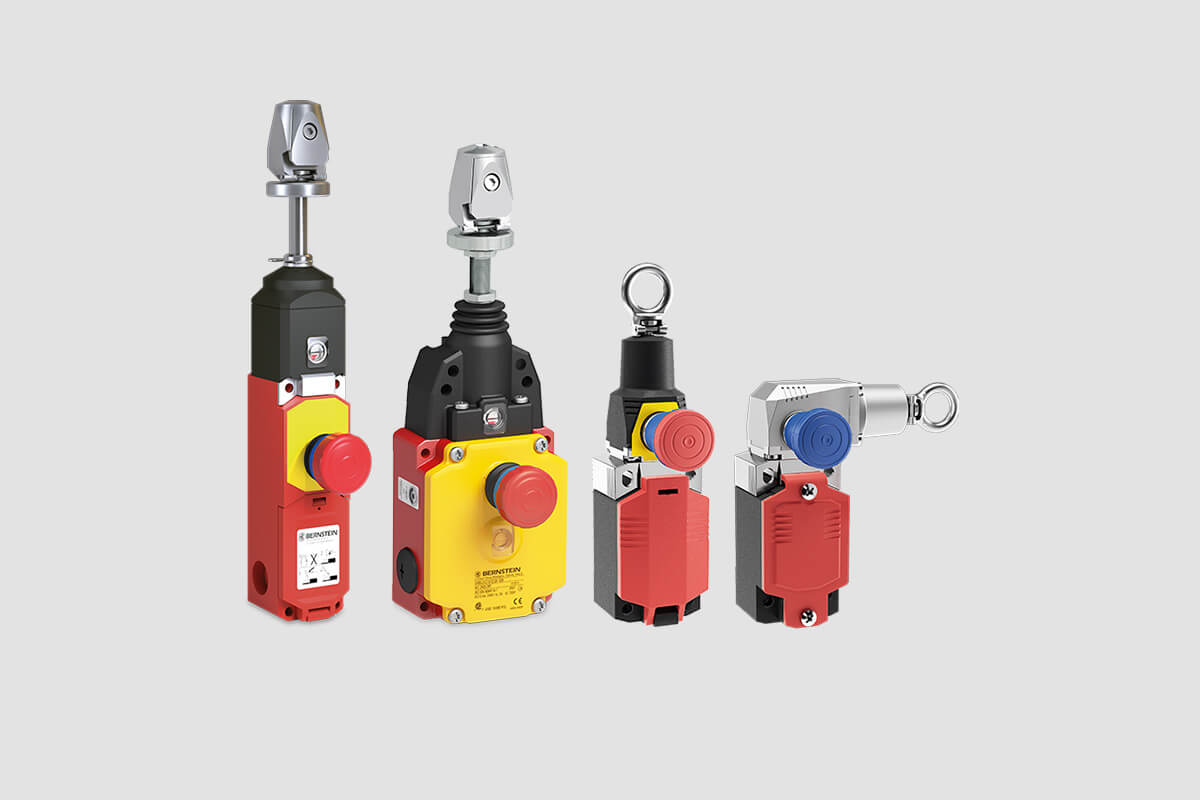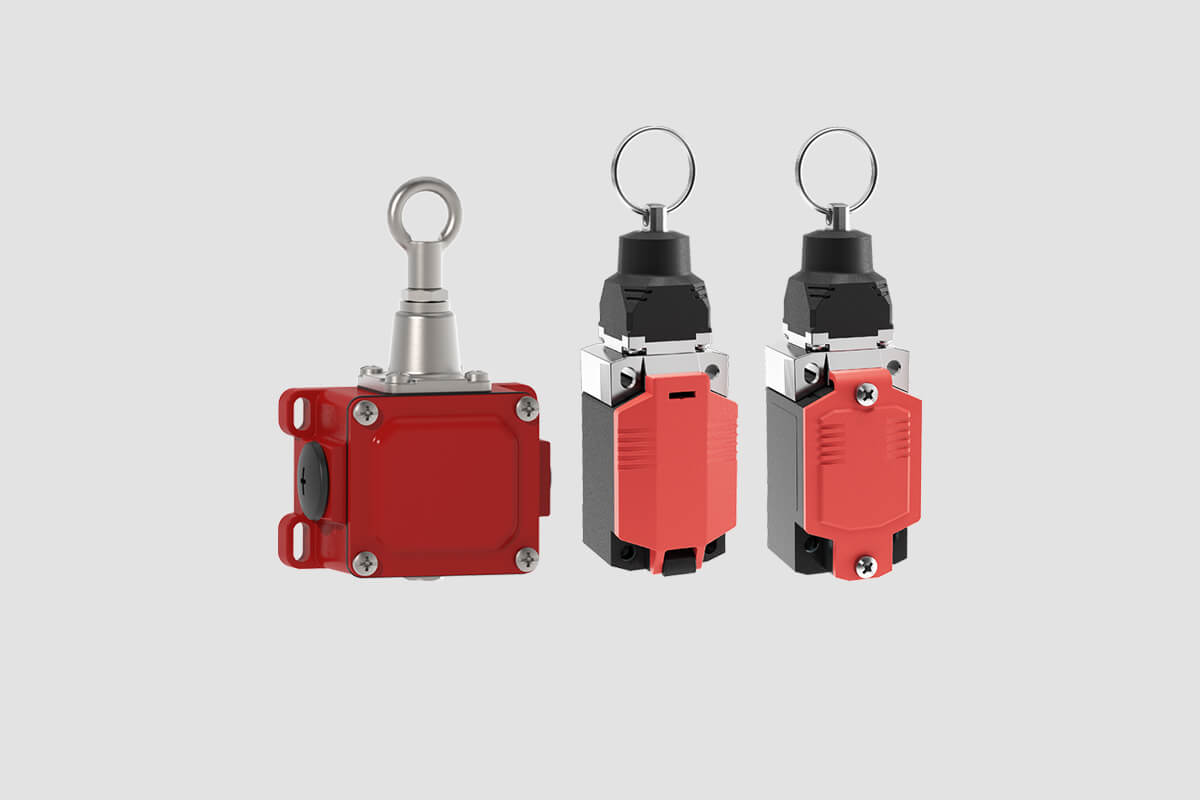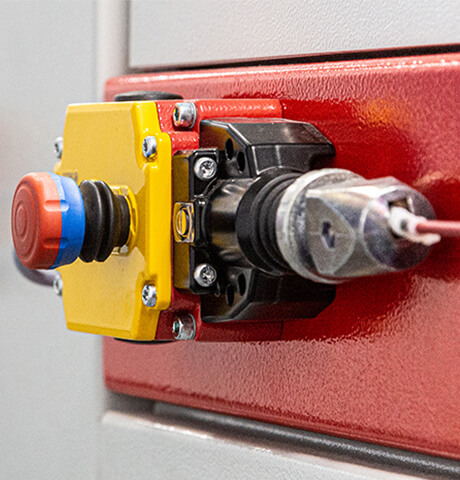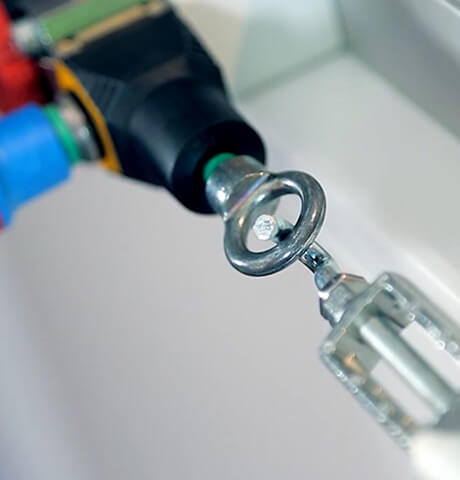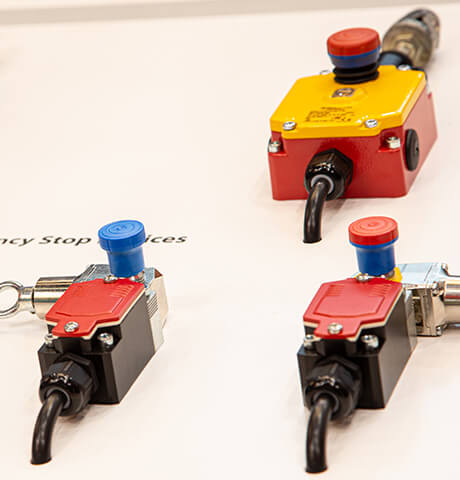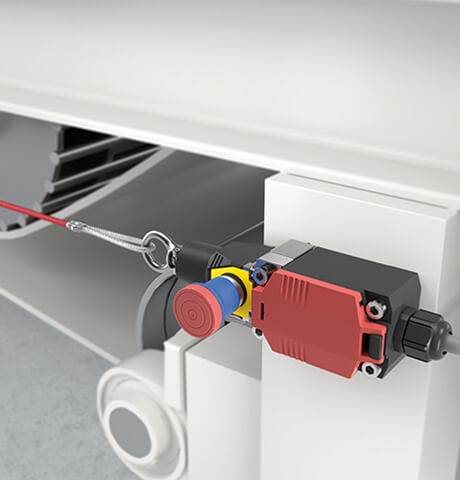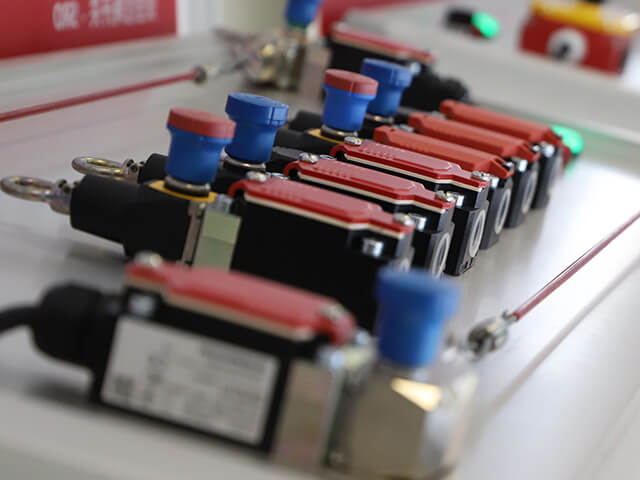Rope Pull Switches
When it comes to maximum safety on an assembly line, on the production line or directly at the machine, Bernstein AG‘s safety rope pull switches are a reliable and proven solution.The switches can be deployed flexibly, are easy to install and convenient to handle. And most importantly: they offer maximum safety when it is needed.
Our product portfolio offers a wide range of solutions for every application. Whether with a metal or plastic housing, integrated emergency stop button or as a version that can be tensioned on both sides. We will find the optimum realisation with and for you!
Rope pull switches: For more safety on the production line
According to the Machinery Directive (from 2027 Machinery Ordinance), machines and systems must be equipped with at least one emergency stop switch that can stop a dangerous process at any time. This is to prevent damage to people, but also to the machine or material. This can be achieved easily and cost-effectively with the aid of a rope pull switch, as only one switch and one rope are required, with which a large area can be secured at the same time.
A pull-wire switch is - as the name suggests - a switch that is operated by pulling on a wire. The advantages are easy to see.
Thanks to long span lengths of up to 75 meters, a large area can be secured with just one rope pull switch. At the same time, the corresponding action can be triggered along the entire length. This means, for example, that the employee does not have to search for and actuate the next emergency stop switch to stop the machine.
Pulling the cable of the switch moves the switching element in the housing and opens or closes the circuit accordingly.
The associated control unit in turn processes this signal and executes the associated command. A classic example of this is bringing the machine to a standstill in emergency situations. In these cases, the rope pull switches have an integrated emergency stop.
The safety rope pull switches developed and manufactured by BERNSTEIN AG are designed and approved in accordance with the IEC 947-5-5, IEC 60947-5-5 and ISO 13850 standards.

